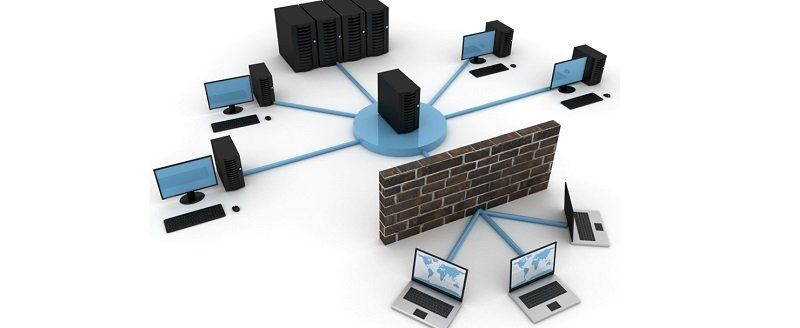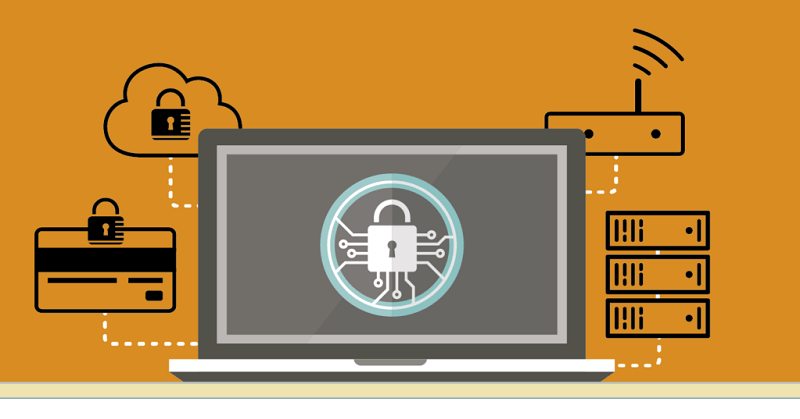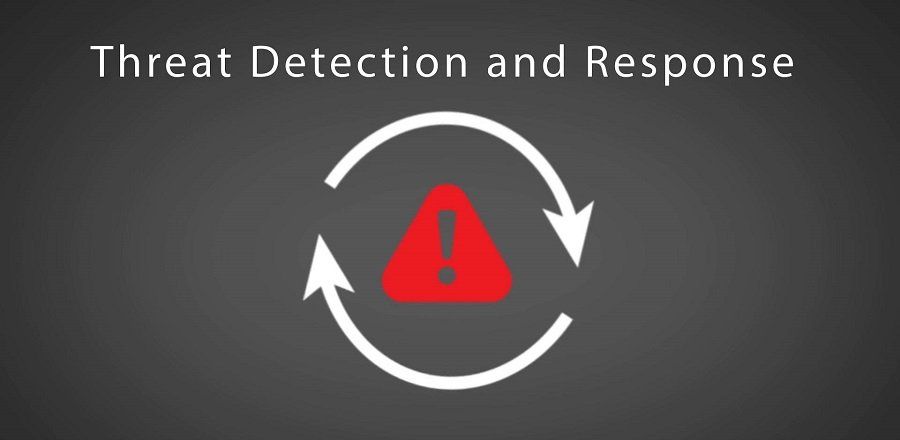Best Practices For Network Firewall Management
- By Michael Samson
- •
- 23 Oct, 2017
- •

Firewall provides an essential layer of protection which is a significant part of a network security strategy. It is managed so that the network stay secured against security attacks of unauthorized users. Effective supervision of firewall is challenging if the network has a varied community of clients, servers and devices with matchless communication requirements.
Every organization’s network is different and no hacker-proof configuration is ever discovered to protect everyone’s network. Instead, some recommended practices are available for network firewall management. These practices act a starting point to keep your security under control to prevent gaps within the network.
Form a firewall change control board:
Before making changes, ensure that they are already discussed with everyone who might be affected. Include system administrators, security personals, managers and user representatives in your formed firewall change control board to avoid conflicts. Enable proper dialogue between them regarding the target changes and their effects on everyone.
Inform users and admins before firewall rule changes:
Making even slight changes in firewall rules has a great impact on connectivity. A best practice before implementing rule changes is to inform everyone from those proposed changes. Either if users or system administrators are having any issues with the rule changes; give them some time for presenting their concerns before making changes.
Document the rules and explain their purpose with comments:
In most cases, it seems difficult to figure out the purpose of an implemented rule especially for those who do not originally propose them. A best practice is to inform the person who is working on writing those rules to fully document every single rule so that other administrators can understand them.
Ensure prevent the use of "any" in firewall "allow" rules:
For individuals who write rules for users, it is recommended to avoid the use of “Any” in “Allow” rules of firewall. Permitting traffic this way normally has an accidental outcome of allowing every protocol through the firewall. This might have possible traffic and flow control problems.
Continuously review rules and remove those that are not been used:
You might need firewall migration sometime if an updated version is available or you are feeling that the current firewall is not capable of dealing the existing flow of traffic. Regardless of migrating to a newer version where all of the rules are renewed, you must clean them all continuously. This will enable you to implement more complex rules.
Establish rules for performance:
The order on which firewall rules are implemented has a great impact on overall throughput of the network traffic. Effective organization of the rules can maximize the traffic speed. Ensure that you have filtered out a range of traffic that is no more important or which is unwanted. This will improve the overall traffic speed and performance of firewall.









